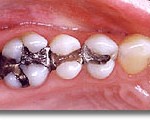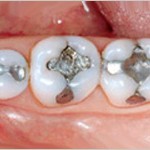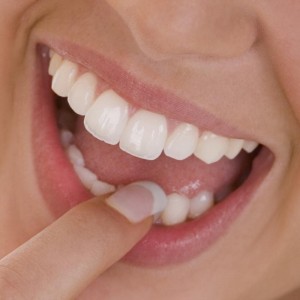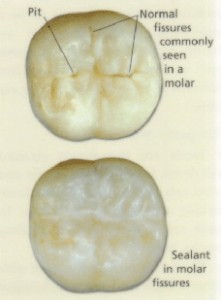When you get a tooth filling done at your dentist, do you not wonder about the ingredients of the dental filling he/she is putting into your mouth? Each dental filling has its own composition and the deciding factors for the type of dental filling you will get are the size of the cavity filling or condition of the tooth, dental filling cost and the availability of the material in the dental office. Continue reading
Tag Archives: dental fillings
How to Determine if a Filling is Needed
Our teeth are constantly being attacked by acid produced by plaque bacteria as well as by the acidic foods and drinks we consumed. Acids cause damage below the tooth surface, causing microscopic holes in the tooth. If the acid damage continues over a period of time, the tooth becomes so fragile that a hole or pitting becomes visible in the tooth. As the hole gets bigger, the tooth will need a filling. Continue reading
Basic Dental Instruments
Whenever you visit a dentist, you tend to notice the many different dental tools that are laid down beside the chair. A dental professional uses a variety of dental equipment for examining, cleaning, cutting and restoring teeth. Not many are familiar with these instruments therefore here is a quick guide on the basic dental instruments available in a dental office and their usage. Continue reading
Pros and Cons of Different Dental Fillings
 Dental restorations are placed to restore the function, anatomy and integrity of tooth structure which can be lost due to various reasons such as dental caries, trauma and etc. They can be broadly classified into two categories: direct and indirect restorations. Direct filling materials are used for chair side restorations where as indirect restorations such as crowns, bridges, inlays are fabricated outside the patient’s mouth. Before we venture into the pros and cons of different types of restorative materials, let me explain to you the requirements of an ideal dental filling material. Continue reading
Dental restorations are placed to restore the function, anatomy and integrity of tooth structure which can be lost due to various reasons such as dental caries, trauma and etc. They can be broadly classified into two categories: direct and indirect restorations. Direct filling materials are used for chair side restorations where as indirect restorations such as crowns, bridges, inlays are fabricated outside the patient’s mouth. Before we venture into the pros and cons of different types of restorative materials, let me explain to you the requirements of an ideal dental filling material. Continue reading
Dental Sealants Vs. Fillings in Pediatric Dentistry
Parents or guardians play an important role in regard to a child’s diet and oral health habits. Newly emerged teeth are particularly vulnerable to dental decay. As teeth gets older and become more mature, the outer surface becomes harder and more resistant to acid attack.
Teeth are constantly being attacked by acid produced by plaque bacteria as well as acidic foods and drinks. Acids cause damage below the tooth surface, causing microscopic holes in the tooth. If the acid damage continues over a period of time, the tooth becomes so fragile that a hole becomes visible in the tooth. As the hole gets bigger, the tooth will need a filling. However dental sealants can be placed on your child’s teeth to prevent tooth decay from occurring if risk of decay is detected early. Continue reading
Are Mercury Dental Fillings Safe?
 Mercury dental filling, or best known as dental amalgam is an alloy of silver, tin, mercury, and copper as it’s constituent. The term amalgam is also used as a synonym by the dental profession. Among all, silver and tin have the highest composition within an amalgam.
Mercury dental filling, or best known as dental amalgam is an alloy of silver, tin, mercury, and copper as it’s constituent. The term amalgam is also used as a synonym by the dental profession. Among all, silver and tin have the highest composition within an amalgam.
The use of mercury in the oral environment has raised concerns regarding safety. Currently, several countries have banned the use of dental amalgam because of environment concerns, as well as alleged side effects that may be sustained by patients who receive dental amalgam restorations.



